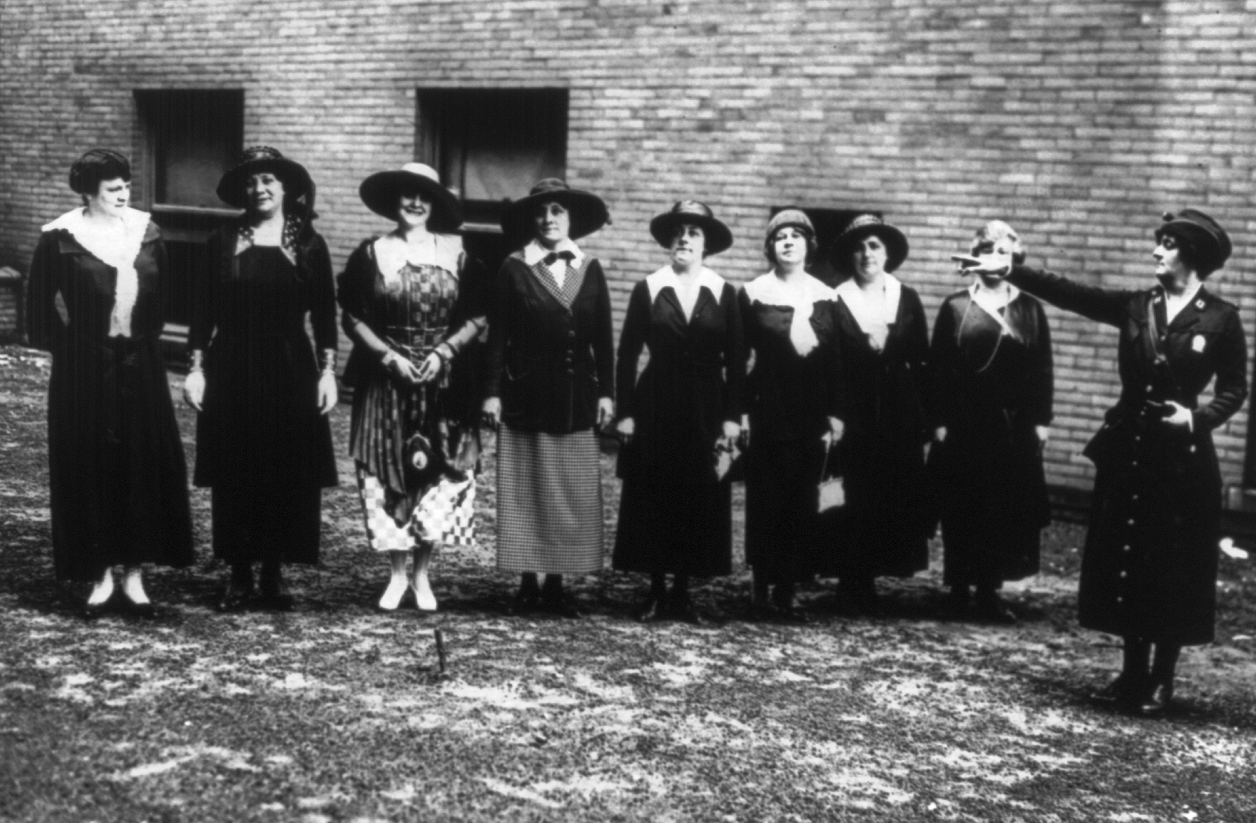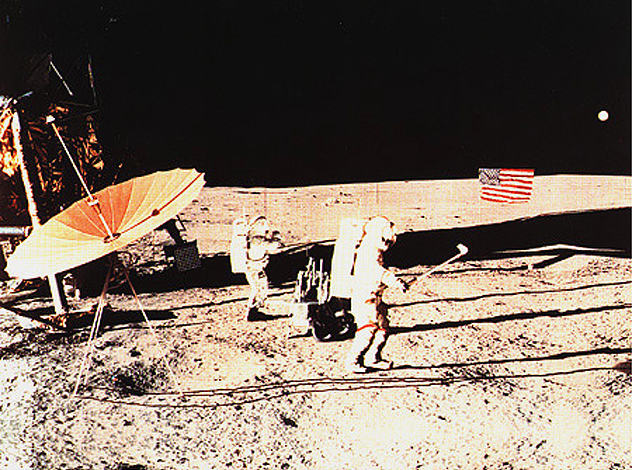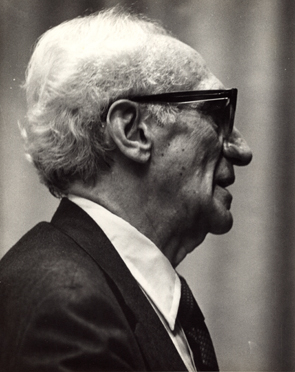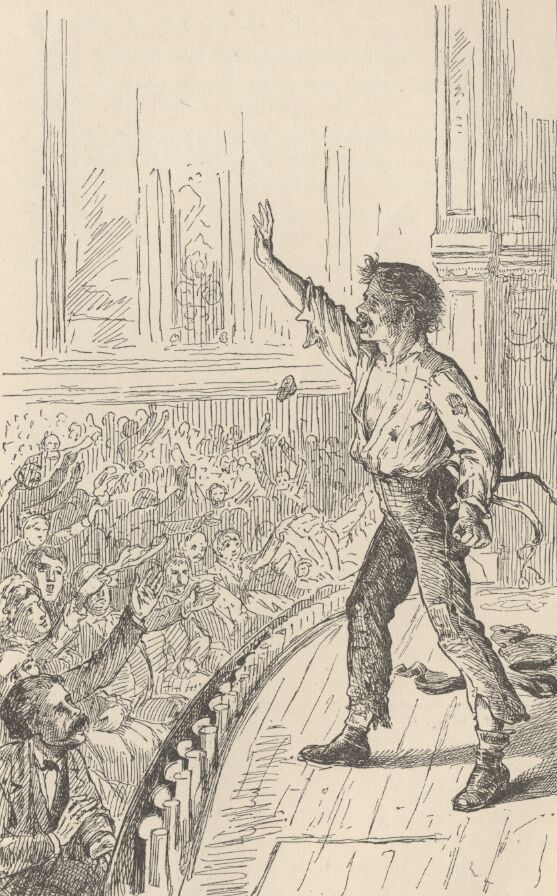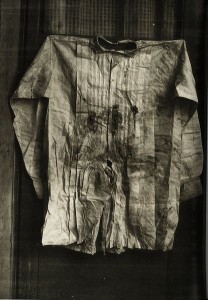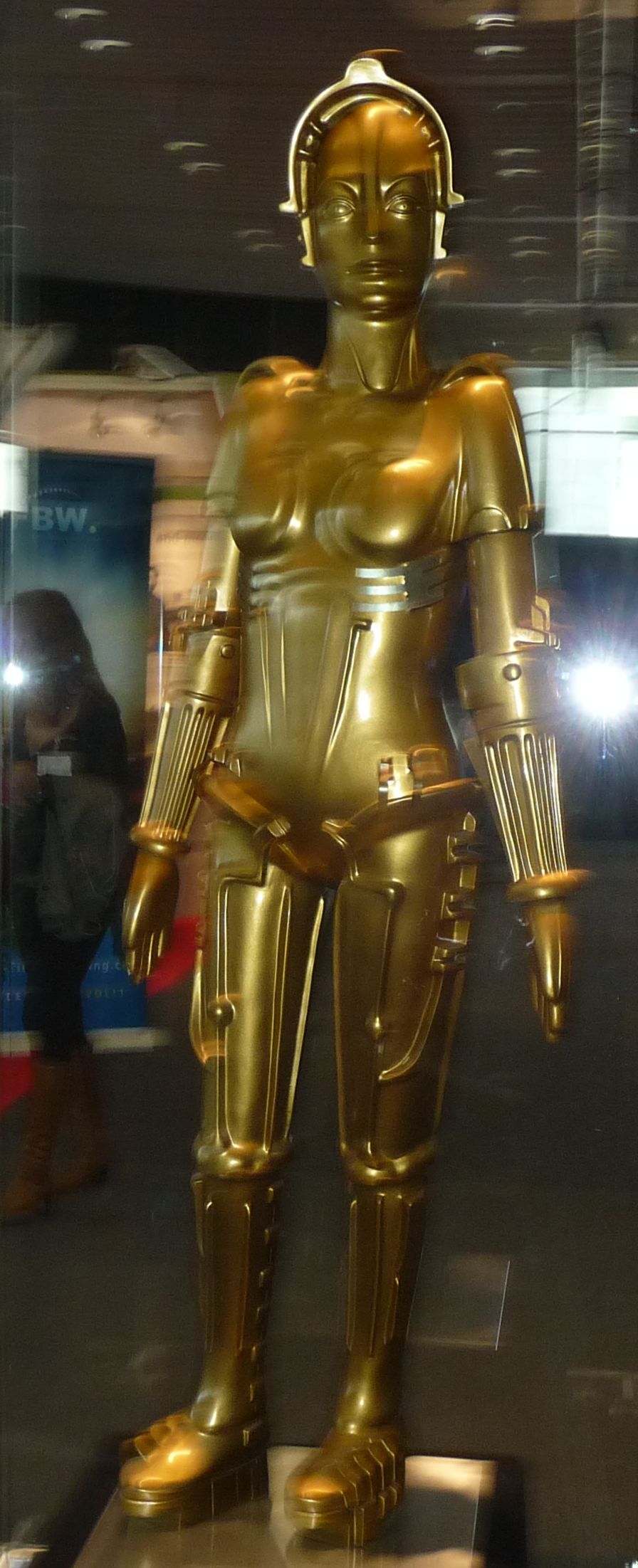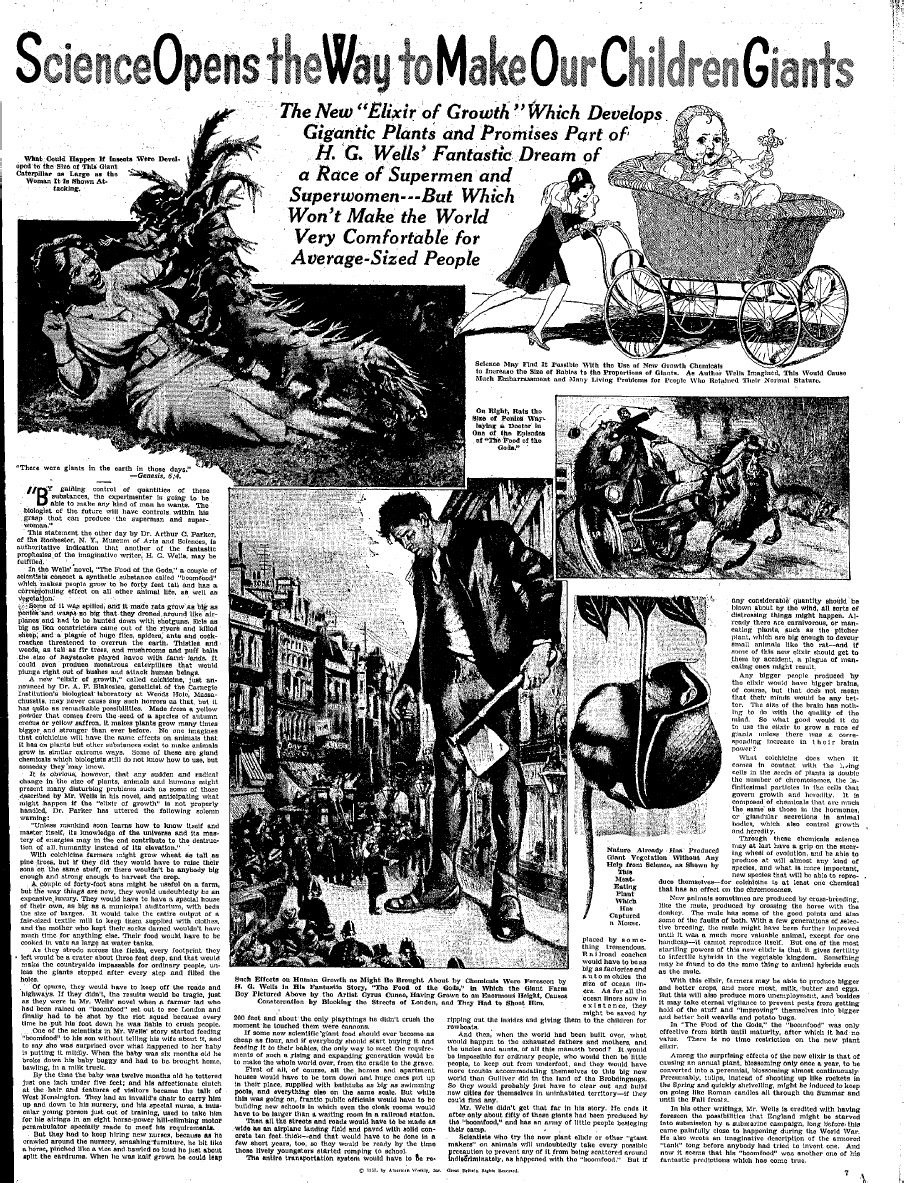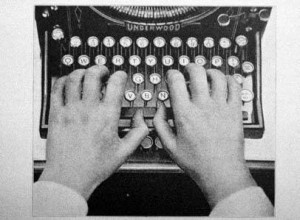And then it celebrates. (Thanks Singularity Hub.)
••••••••••
Hungarian architect Ernő Rubik discusses his famous puzzle in 1981:
“Of course you can’t give the exact time of an idea’s birth, it seems impossible to me, to me particularly, for who time, from this point of view, has very little interest. It can have been in spring, 1974 that the idea came to me, as a noteworthy possibility. I have a nature attached to experiences, so, since the beginning, I studied variations of a 2x2x2 cube. I was immediately struck by the wealth that could be sensed only from this start. The final technical solution, which is the simplest form 3x3x3, the most easily workable in models, after a few tries, came to me toward the end of autumn, 1974. Several models ready to work were made for me and my friends, it has been exciting to play with them for the first time. We were all surprised to discover gradually that we had made something original, new.The question of the patent of the invention was immediately raised, so I began the necessary process the 30 January, 1975. Almost at the same, sensing something of the importance of the invented game, of its possibilities and of its real value, I began searching for a partner for the manufacturing and by an extraordinary chance, I indeed found one. The following is rather simple : after its launch on the market (1977) the game became, rapidly and as if by magic, very popular in Hungary, then, from 1980 in the whole world. I feel like the story only begins, and that we can’t predict the end, as well as nobody, I think, could have guessed its future.”





